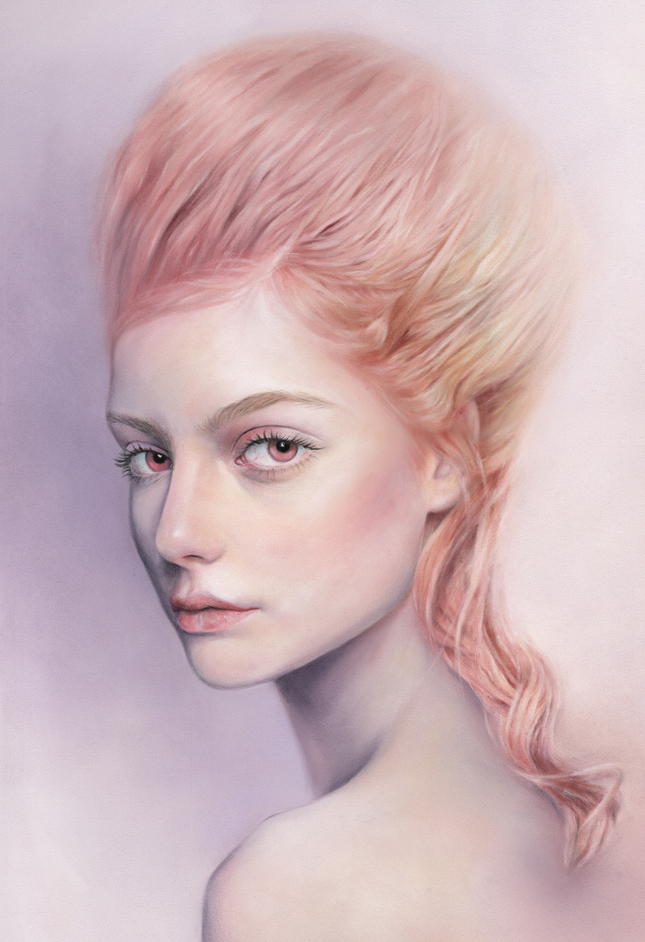
The Representation of Women in Street Pop Art and Graffiti Artwork
The representation of women in street pop art and graffiti artwork has been a dynamic and evolving subject, reflecting the shifts in societal attitudes and the growing consciousness around gender issues. From the provocative works of the 1970s and 1980s to today's more inclusive and diverse expressions, the depiction of women in these art forms has ranged from objectification and idealization to empowerment and celebration. These visual articulations, splashed across public spaces, serve not only as reflections of the artists' perceptions but also as commentaries on women's roles, struggles, and achievements in society. In the earlier days of street art and graffiti, women were often portrayed through the lens of the male gaze, reduced to symbols of beauty or desire within a predominantly male-dominated scene. However, the narrative has shifted as more female artists have entered the arena. Women are now protagonists in these urban tales, depicted as complex and multifaceted beings. The rise of feminist street art has introduced powerful imagery that challenges traditional gender norms and advocates for equality and women's rights.Women in Urban Art as Icons and Activists
Graffiti Street Pop Art has been an influential and expressive medium used by artists worldwide to convey various messages, ideas, and themes. One prominent topic that has gained momentum in recent years is the representation of women in this urban art form. Graffiti artists have taken to the streets to celebrate, empower, and challenge perceptions of women in society. Female Empowerment: Many artists use graffiti to portray strong, independent women as a symbol of female empowerment. By depicting women in powerful stances or as iconic figures, they challenge societal norms and expectations, promoting gender equality and inspiring other women to break free from stereotypes. Celebrating Women's Contributions: Graffiti artists also use their work to celebrate the accomplishments and contributions of women throughout history. By creating murals and street art pieces that honor trailblazing women, they make sure these stories are visible and accessible to the public. This can include highlighting historical figures, activists, artists, or local community leaders. Challenging Objectification: Street art has been used as a medium to challenge the objectification of women in media and advertising. Artists may create pieces that subvert traditional portrayals of women, replacing objectified images with more complex and humanizing depictions. This can stimulate conversations about the ways women are represented in society and the harmful effects of objectification. Female Graffiti Artists: Women have been breaking into the male-dominated graffiti world, creating their distinctive styles and making their mark on the urban art scene. Female artists, such as Lady Pink, Miss Van, and Swoon, have become influential figures within the graffiti community, showcasing their unique perspectives and talents. Collaborative Projects: Various collaborative projects and initiatives have aimed at empowering women through street art. For instance, organizations like Women on Walls and Femme Fierce bring together female artists to create murals and installations focusing on women's issues, rights, and experiences. Graffiti Street Pop Art has become a platform for artists to address and celebrate women's topics, empowering women and challenging societal norms.
The Future of Women in Urban Graffiti Street Art
As the movement continues to evolve, the representation of women in street art will likely continue to grow in prominence and diversity. In recent years, women have become icons and activists through the medium of street pop art and graffiti artwork. Artists like Shepard Fairey's "Obey Giant" campaign, which includes the iconic "Hope" poster featuring a woman of color, have used the image of women to symbolize strength and resilience. Similarly, works by Banksy and other notable street artists have presented women in roles that defy expectations, often with a touch of irony or social critique. Moreover, the streets have become a canvas for celebrating historical and contemporary female figures who have broken barriers and made significant contributions to culture and society. Murals of women such as Frida Kahlo, Rosa Parks, and Malala Yousafzai adorn walls worldwide, serving as sources of inspiration and education for the community. These works often incorporate local cultural elements and women's personal stories within those communities, creating a robust dialogue between the artist, the subject, and the viewers. The representation of women in street pop art and graffiti artwork is as diverse and complex as women themselves. As street art continues to evolve as a platform for social change and artistic expression, the image of women within it will undoubtedly continue to provoke, inspire, and evolve. These artistic expressions beautify urban landscapes and contribute to meaningful conversations about gender, identity, and human rights, reflecting the pulse of societal progress in vivid color and form.

